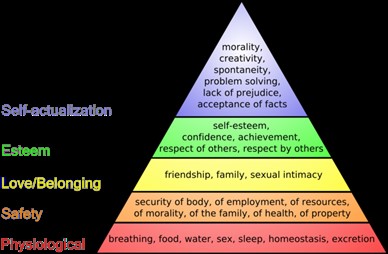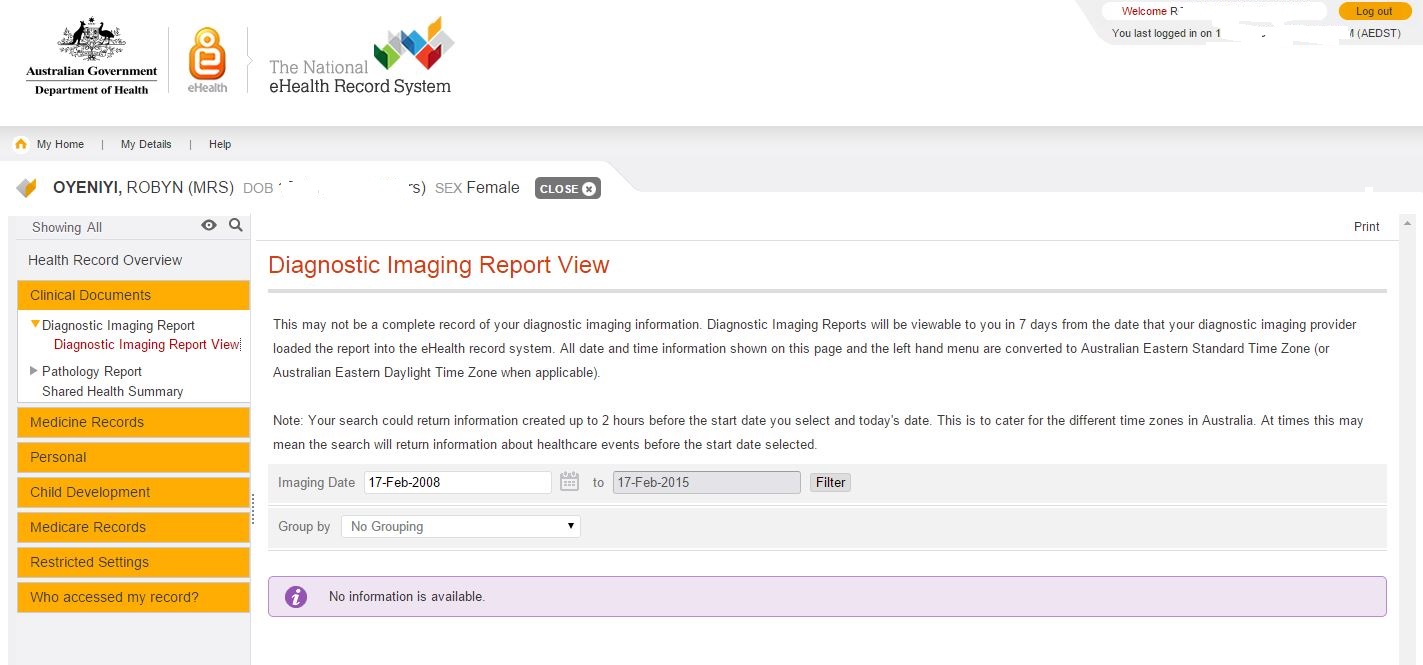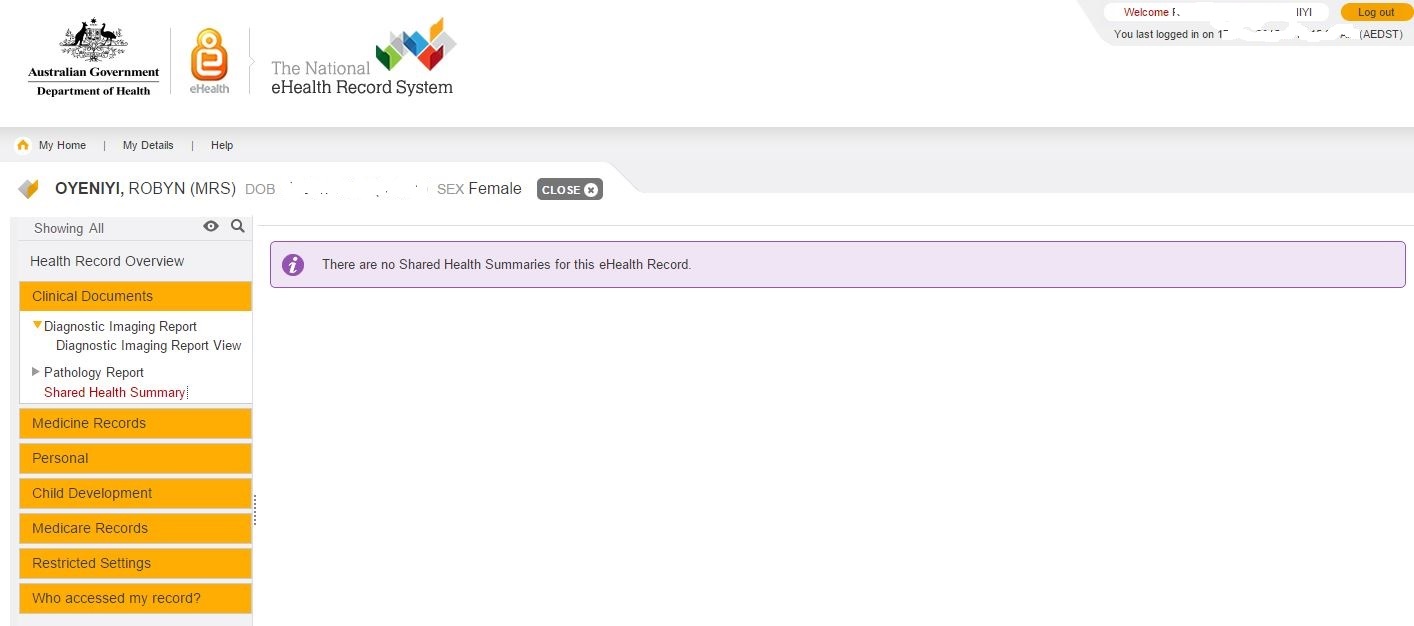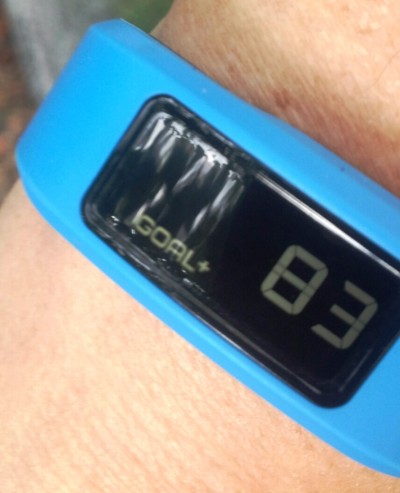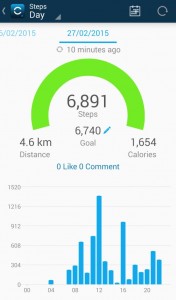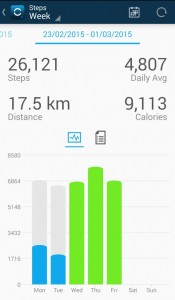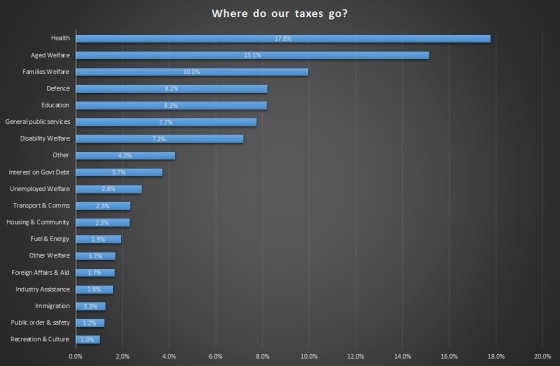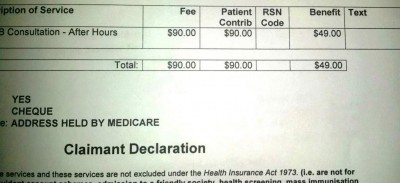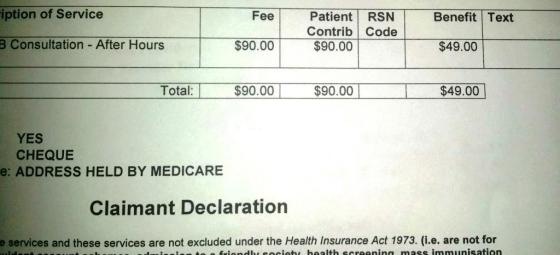What it is REALLY like to be unemployed

Unemployed. If there has been any day in my 61.5 years of life when I’ve felt it is all just too much, yesterday was that day. Today is not much better. While sharing the pain I feel publicly may further hinder my employment prospects (is that even possible?) I share in the hope my experience may help others know they are not alone and may, just may, encourage some employers and recruitment agents to rethink their approach to candidates. The government also needs to walk a mile in my shoes, then tell me I can get a job and they can safely cut the Newstart Allowance. And yes, Grace Collier, I am training to start my own business – if I can hold my body together. Holding my body together costs money.
Where to start? Some background for context, perhaps. I was diagnosed late 2014/early 2015 with autoimmune (AI) conditions. Nothing I can’t manage, providing I can AFFORD to manage them. In my experience, AI conditions can take a lot of time and money to manage to the point where I look and feel normal (photo supplied as evidence). With a couple of exceptions: I can no longer sit for hours without moving, like a good little accountant should. I have to move reasonably often.
In June 2015 I was made redundant. In September 2015 I secured a new job which lasted a massively long six weeks. It seemed to boil down to the fact I refused to get my hair cut short, but I was called at home and told not to go back in, by “mutual agreement”. It was indeed mutual, as I found it a very toxic environment and had already contacted the recruitment agency with my concerns. The agency had encouraged me to “hold on until January”, which I had tried to do.
Having been made redundant in June then effectively fired (for the first time in my working life) in October, I wasn’t feeling very good psychologically. Off to the psychologist who was my saviour and the GP for anxiety medication.
AI needs time to manage properly, so a senior management role is no longer an option for me. Given the medical situation Centrelink have me in the disability support stream of job seekers to provide additional employment assistance – but most of that assistance seems only to kick in AFTER I secure a job, such as they can provide a sit-stand desk. In all the time I’ve been with this Job Search Provider, I have been referred for ONE interview! ONE! The Job Search Provider network seems, to me, to be more about meeting the contractual compliance obligation paperwork to “earn” their revenue (funded by the taxpayer) than actually finding work for the unemployed. That is an analysis for another day. When I ended up in tears one day I was told to go and get a medical certificate to exempt me from job hunting. I was in tears because I DON’T HAVE A JOB! Getting a medical certificate to stop me looking for a job wasn’t going to improve the situation!
I started studying a Diploma of Fitness Coaching with the objective of setting up my own business providing training to people like myself who need exercise for pain control/management. I understand what it is like to not be able to move first thing in the morning and I know the benefits exercise has provided me. My doctors (of whom I have a battalion) all support my business plan. Getting the qualification, however has proven difficult. Registered training organisations (RTOs) seem to me to be of a similar ilk in many instances to the Job Search Provider network. I need 120 hours of practical placement and within that be able to train five people for about six weeks to complete a final assignment. That is just one complication: we were told on enrollment we would be able to work after six months of the twelve month course (obviously an attractive proposition to an unemployed person). Well, yes, if we can find someone to employ us without insurance. I’m a CPA – am I likely to do that? Anyway, really, a minor problem. I just don’t need people like Grace Collier telling me to “start my own business” – I’m trying, but I’d like to stay alive in the meantime.
I am under the care of four specialists: endocrinologist, rheumatologist, dermatologist and gastroenterologist. Then there is my GP (who thankfully bulk-bills), my physiotherapist and massage therapist. Luckily these days I see the specialists less frequently than I used to: every three or six months, but they are not cheap. Yes, Medicare covers some of the cost, but the patient still has to pay up-front. No, I am not going the public health system route with chronic conditions unless I absolutely have to, because I need this team of specialists to provide continuity of care, not be seeing a different one of each specialty each visit. The specialists’ visits vary between $120 and $180 a visit. Then I am to have three skin biopsies next month – that’s not cheap either. At one stage I was having endoscopies every six months: private patient with health insurance I may soon have to give up. Not to mention the travel costs to see all these health professionals.
Then there is the cost of the prescriptions: because I have a pension card (thanks Centrelink, I really needed to be reminded you think I am a hopeless case too old for a Health Care Card) these are reduced to $5.20, but the other supplements, like fish oil, glucosamine, Vitamin D, magnesium etc are not. I get a Pharmaceutical Allowance of $3.10 a week.
Are you stressed out so far just reading this? Actually, NONE of that is too bad. With exercise I am rebuilding my muscle strength (working on hip adductor strength at the moment for the physically inclined among you) and keep the pain away almost 100% of the time. Until my stress levels get too high and cause a flare.
Job hunting is the most stressful thing in my life. Ever. Worse than the suicides of my parents or my four divorces. The four divorces? That’s why I am not independently wealthy at my age, which is what people like Scott Morrison no doubt expect. Pity I’m not a famous film star – they always seem to stay rich after divorces. I digress.
Let me share some examples that stand out in my mind. One major hospital interviewed me for a job I really was very keen on. They didn’t employ me, but subsequently interviewed one of my ex-staff for the same position and asked her about me. They did tell me to keep applying for other jobs at the hospital. So I did. Never got one. In the end you dread being the resume the HR staff member looks at and goes “oh, no, not her AGAIN!” and automatically throws your resume in the reject pile. So I don’t apply to that organisation any more.
The government department that sends you an email stating you were “in this instance rated non-competitive” and then sends you a follow-up email of how to break the government job application code/secret.
The private, family owned company who did a phone interview with me for forty minutes and invited me to a job interview the next day for which I had to take a day off work from my then eight week contract position (so lost a day’s pay) – and never got back to me to tell me I didn’t have the job, despite promising to contact me the following week. They ALWAYS promise to be in touch tomorrow, by the end of the week, next week….. they lie. If recruiters actually interview an applicant, surely they can have the common courtesy to notify the applicant of the outcome?
The state government authority that wrote to tell me a job I had applied for had been withdrawn. When I saw it advertised again a fortnight later I wrote and asked if I could submit another application. Oh yes, was the response, “but please note the criteria includes specific knowledge of our INTERNAL computer system”. Then why advertise externally? Policy requirements, yes, I know. Easy to circumvent by framing the selection criteria in such a way only an internal applicant will qualify.
The sporting body that sends you an email with a subject line of “Not this time around…”. I accept that if you haven’t been unemployed for twelve months, the subject line might not bother you. When it is just another in a long line of rejections, the impact is harsh.
The legal firm that promises second round interviews will be held in two weeks time and unsuccessful applicants will be notified with feedback. Dead silence.
Over time, the rejections become just too damaging to the soul. What doesn’t kill us makes us stronger? No, I’m sorry, not always true. As a very wise psychologist once said to me, the reality is more like water dripping on a stone – eventually the stone wears away. There comes times when you just can’t bear another rejection. Hiding under the doona with digital dragons is less soul-destroying than applying for yet another job you won’t get.
Then there is Centrelink demanding a certain number of job applications per week. Just to meet the KPIs. It doesn’t matter if the jobs are suitable, just anything to meet the numbers. Naturally, this results in more rejections which heightens the stress levels.
Network, they say. So you do. You contact people you have worked with in the past via the professional version of Facebook. Dead silence. That is depressing, because you think you had a good working relationship with many of those people – but that was in many cases years ago – perhaps they no longer even remember you, although you remember them. Thank you to the few that did respond, I appreciate it.
Younger people tell me today’s recruitment environment requires that applicants follow-up as it shows interest to the recruiter. In my day that was frowned upon, just was not done. So while I do it, it goes against every fibre of my upbringing. More stress.
Other advice I am given – change my resume. Basically, turn it into a lie. I can’t do that, I can’t lie about who I am – I don’t want to work for people to whom I have to pretend I’m something I’m not. I am a CPA, I have skills and experience which, while I may not be able to work 100% as a desk jockey any more, I can still use. My brain still works, damn it. Also another thing that wasn’t done when I was growing up.
When I was in my twenties, if you got the job you were most likely offered the job at the end of the interview. Yes, I know the competition is greater today, I know unemployment is higher – all those logical points don’t reduce the stress of being unemployed.
I’ve joked no-one wants to employ their mothers. Hiring managers are predominantly mid-thirties to mid-forties. And woe-betide you if you want a less senior role for medical reasons. These days people want carbon copies of the previous incumbent of a position, nothing more, nothing less. If an applicant doesn’t fit the mould: rejection. The knowledge that in most cases the recruiter only has time to read the first three lines of any application, if that, isn’t comforting.
I’m scared. Scared I will never get a job, scared I won’t be able to pay my medical bills and will therefore not be able to keep my AI conditions controlled. Scared I’ll never have my own private space again. Yes, I don’t even have my own space. Thanks to the generosity of my wonderful daughter and her equally wonderful husband, I have a roof over my head – but it costs me $120 a month to have my stuff in storage. I am 61, I want my own space! I feel I am interrupting their lives and it makes me cringe inside. I’ve been independent since I was 15 years old – this is an adjustment I am not dealing with well at all. More stress. There is no-where I could rent for less than the Newstart Allowance of $264.35 a week and still pay for food, utilities and medical care.
There is a known relationship between stress and AI conditions. The doctors say over and over “reduce the stress in your life”. Yesterday was a day when the stress boiled over and the pain had flared. The physiotherapist sent me home to lay on a heat pack and I woke this morning with a very sore back. She also strongly suggested I revisit my psychologist and was concerned I hadn’t had a massage (money considerations). I went to the psychologist’s office and made an appointment. As I got back in my car, a gust of wind slammed the car door into the side of my head. I burst into tears for the umpteenth time that day, I came home (missing class), lay on the heat pack and took a Serepax – the first I’ve taken in months. Physiotherapist suggests I touch base with my rheumatologist….. in other words, she is suggesting I have a condition flare. First in over six months.
How do I REALLY feel? As if life has no point any more. No-one needs me, no-one wants me. I have no social life: a social life is expensive and I have no idea how much longer I have to survive on what little money I do have. I feel I am a burden to my daughter. If this is what the next twenty years is going to be like then please stop the planet, I want to get off. There are days when I ask myself why am I bothering to fight back? Why push my body through the bench press and leg press? Why bother taking all these damn medicines and supplements? Just why in the hell bother at all?
Once I can’t afford to maintain my health, then I will be unemployable and end up on the Disability Pension. Hopefully, in my specific case my studies will prevent that, but on a daily basis it can be hard to see past just today. Not everyone in my sort of situation has the option to develop a new career and I do worry about the chances of business success at my age. But 68 year-old Hillary Clinton ran for President of the United States, so there is hope.
The lack of physical contact with anyone other than my physiotherapist or massage therapist grows more stressful each passing day.
Other unemployed have different sets of problems: mortgages, children to feed, car loans to pay. The emotional feelings, the stress, the sheer degradation of it all, is the same.
RUOK? No, I’m not OK. Not that anyone ever asks. We are just numbers – the great unwashed of unemployed. Past our prime, not valuable any more. A burden on society, our government keeps telling us. Malcolm Turnbull, do you have ANY idea what it is like to be told in the news cycle nearly every single day what you and your government ministers think about us?
I’ll bounce back, I always do. But not everyone can, not everyone does.
NB: I have deliberately not tried to “take the emotion out” of this article. If it is to serve any purpose, the emotion needs to be there. It is why I have written it today, a day when I feel absolutely NOT OK.
I also want to add that while I have criticised the Job Provider Network and RTOs in this article, I want to make it clear in both those systems there are some wonderfully caring people and in the latter some terrific teachers. It is the system I’m railing against, not the front line staff. Centrelink staff have always also been very nice to me.
Like what we do at The AIMN?
You’ll like it even more knowing that your donation will help us to keep up the good fight.
Chuck in a few bucks and see just how far it goes!
Your contribution to help with the running costs of this site will be gratefully accepted.
You can donate through PayPal via the button below, or donate via bank transfer: BSB: 062500; A/c no: 10495969











